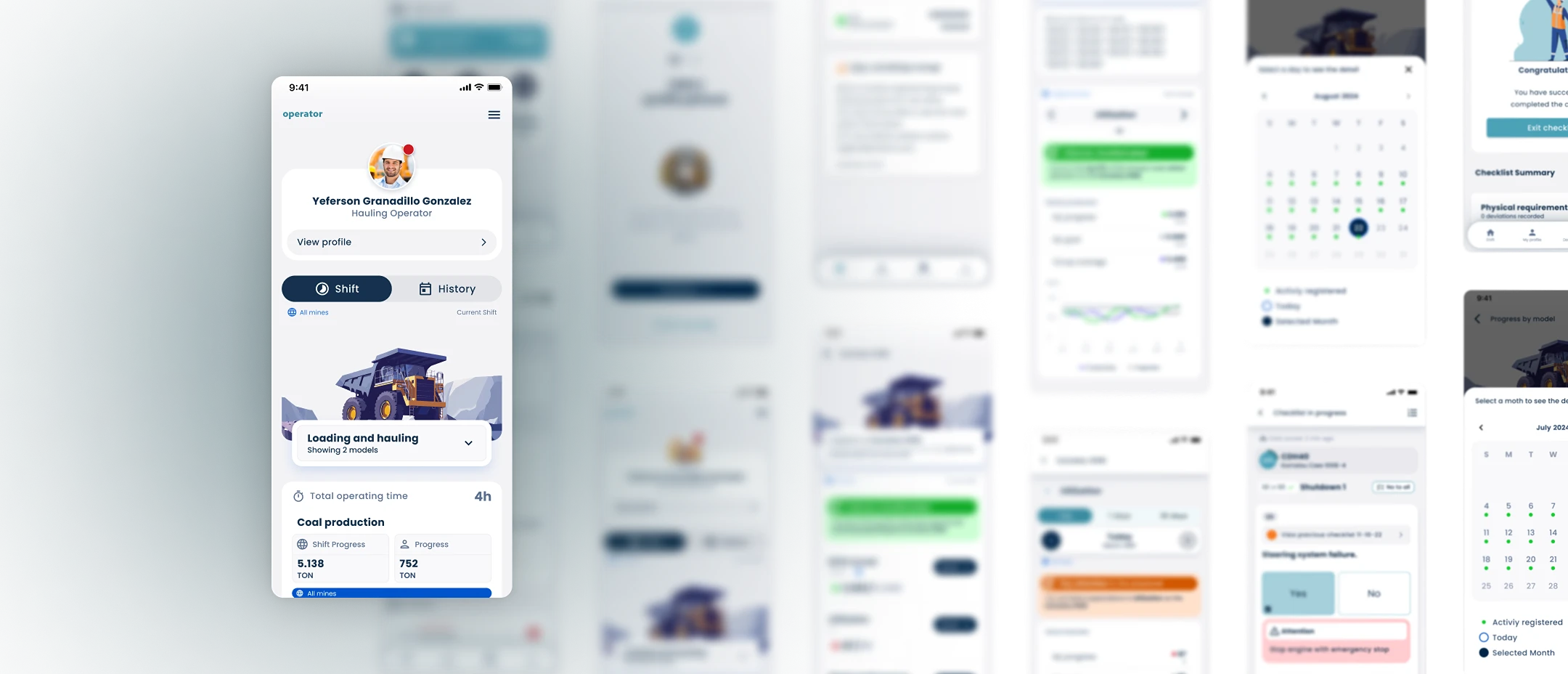
The “Operator” app was designed to bring digital intelligence to equipment operators in remote mining sites across Latin America. With a user base exceeding 350 frontline workers and deployments at companies like BHP, Glencore, and Anglo American, the solution directly addressed long-standing issues of safety, visibility, and manual inefficiencies.
Through a strategic redesign focused on accessibility, modular UX, and offline-first functionality, we digitized core workflows like safety checklists, enabled real-time KPI feedback, and introduced AI-powered coaching to help workers operate smarter.
As Lead UX/UI Designer, I shaped the product vision, structured the UX process, and led cross-functional collaboration across design and development. I worked closely with the Product Manager and Director of Mining to ensure relevance across diverse operational settings, and guided the creation of scalable, system-ready prototypes validated through iterative testing and stakeholder feedback.
Operator is part of a broader suite of mining tools developed by Indimin. While other products served supervisors or control centers, Operator specifically addressed the needs of frontline machine operators, a demographic underserved in digital transformation initiatives.
Operator is a B2B solution developed by Indimin and deployed across large-scale mining companies through custom contractual agreements. Each implementation is tailored to client-specific operational needs, infrastructure, and user profiles, from frontline operators to supervisors and site managers. The product is part of a broader suite of tools designed to support digital transformation in the mining industry.
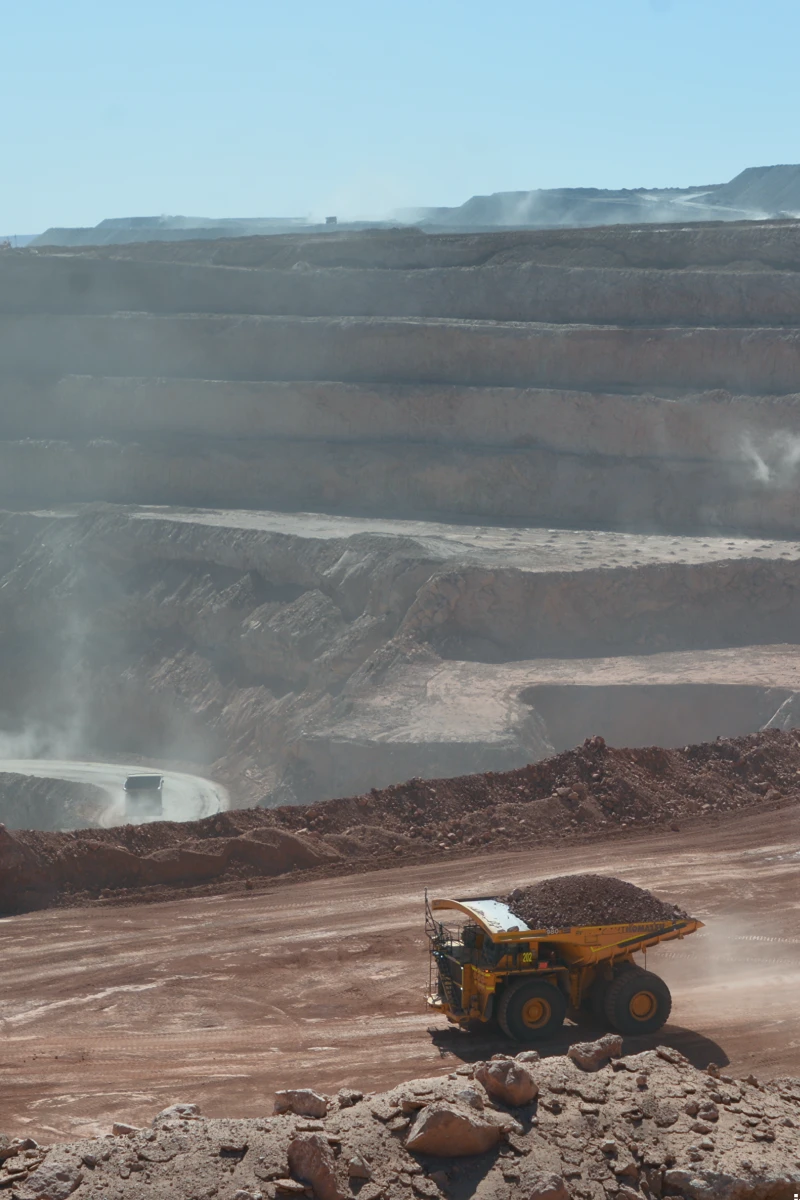
Mining operations depend on machine operators to keep the production line moving, yet these users had some of the most fragmented, outdated, and manual processes within the system.
At the start of the project, the Operator app already existed in a preliminary form. However, it lacked structure, had low usage, and failed to meet the real-world needs of operators working in high-risk environments.
We began by assembling a cross-functional team that included the Product Manager, Director of Mining, and a network of Business Analysts already embedded in client sites across Chile, Peru, and Colombia. This embedded presence proved crucial. Due to logistical and safety constraints in active mining sites, conducting traditional UX research methods (e.g. formal interviews, surveys, on-site workshops) was extremely limited.
Instead, we worked with local BAs to conduct informal, context-driven interviews and field observations with shift supervisors and operators. These sessions were often brief and opportunistic, but over a period of 2 months, we were able to gather significant qualitative data across different geographic regions and operational models.
To make sense of this information, I created a comparative pain-point matrix with the BAs, mapping feedback patterns across multiple mines. This revealed several consistent pain points that impacted both productivity and morale:
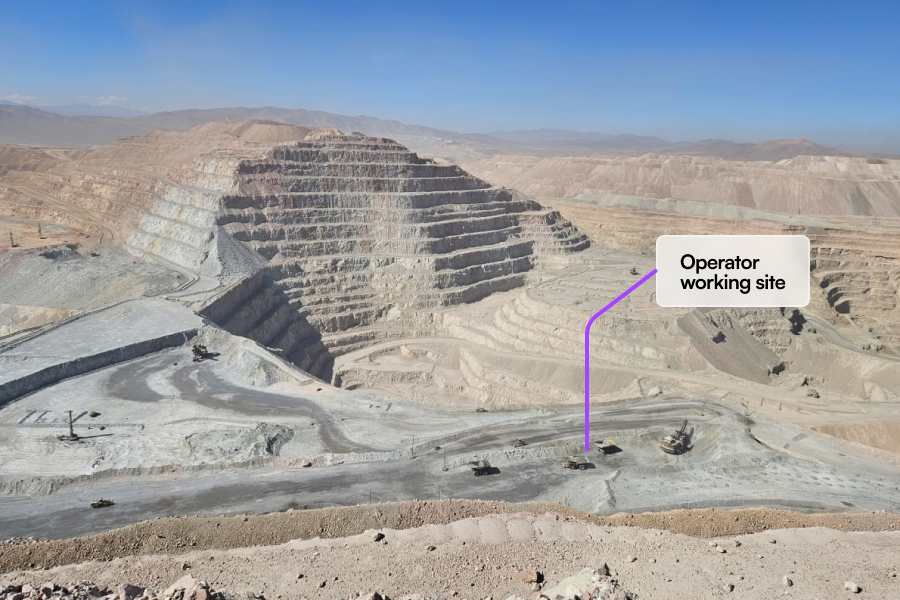
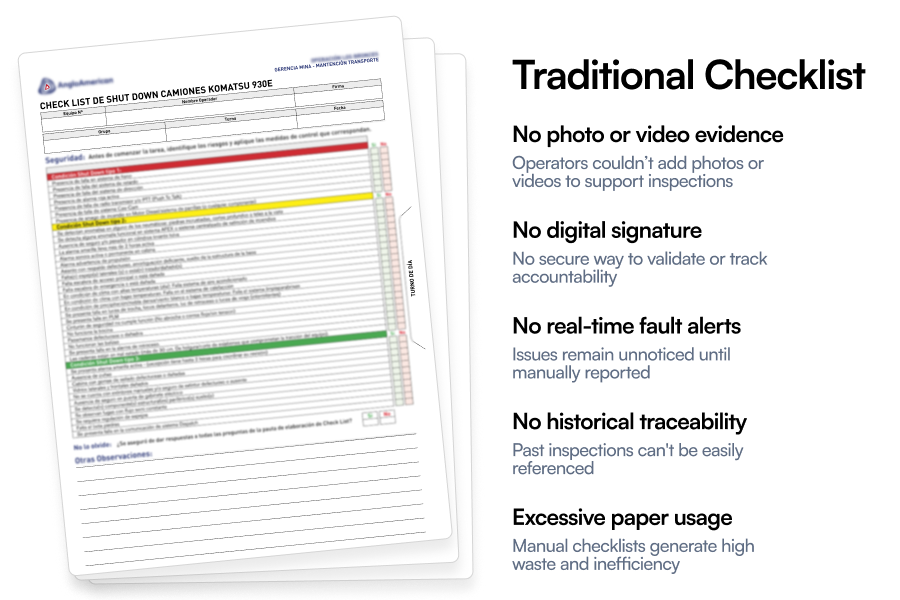
In Chile, copper mining alone accounts for nearly 10% of GDP. A seemingly small 2% efficiency gain in operator performance can create measurable gains in national output.
To address these issues, we adopted a phased, research-informed design strategy built on direct field insights and adaptable UX principles.
Our first step was scoping an MVP that could unify the most critical operator needs. This required aligning the business priorities of multiple mining companies, while also respecting the constraints of frontline environments: offline operation, low digital literacy, and safety-critical workflows.
Throughout the design process, I led multiple iterative cycles for each core feature. This included initial wireframes and sketches reviewed with the internal product and dev teams, early clickable prototypes validated with operators using Maze, and final refinements aligned with engineering feasibility. For performance and KPI-related features, we collaborated directly with Indimin's Director of Mining to tailor the functionality to different operational profiles such as surface mining, underground operations, drilling, and blasting.
To ensure a consistent and scalable visual identity across all Indimin products, I designed and maintained Cerberus, the company's design system. Operator was fully integrated into this system, sharing components, interaction patterns, and visual language with sister apps like Turno and Mina. Cerberus enabled faster development cycles, reduced design debt, and guaranteed usability consistency across touchpoints.
We translated the feedback from the discovery phase into four core product modules:
One of the most vital daily tasks for equipment operators is performing a safety checklist before using any machinery. This checklist is not only a regulatory requirement but also a frontline defense against potential accidents. Prior to our intervention, this task was executed entirely on paper, making it slow, hard to track, and prone to being skipped or misplaced.
Initially, we focused exclusively on the equipment used in loading and haulage operations, as these represent the largest and most critical share of daily activity across mining operations. This also allowed us to leverage existing forms and safety protocols already in use across client sites. The solution was designed from the start to be extensible, meaning that additional equipment types or operational contexts could be added without altering the UX or development framework.
We analyzed how different sites handled the checklist flow and aligned the experience with real-life operator constraints, such as early-morning fatigue, equipment reassignments, and working conditions in signal-deprived environments. Initial design sketches were shared and discussed with the product and engineering team, then translated into Maze-tested prototypes, where we validated usability with real operators.
Our final solution included:
This not only improved legal compliance and traceability, but also reduced inspection time by over 60% and eliminated paper use entirely.
Operators previously had no clear sense of how their work was contributing to operational goals. Feedback was limited to end-of-cycle summaries from supervisors, with no way to monitor progress or identify trends.
Based on this insight, we designed a performance dashboard focused on transparency and empowerment. We co-defined key indicators with stakeholders and validated early prototypes with operators to ensure clarity and usefulness. Our Mining Director was instrumental in helping prioritize KPIs based on each mine's operational model.
Given the physically and mentally demanding nature of mining shifts, we aimed to create an experience that felt human, respectful, and motivating. The interface was kept visually clear, emotionally neutral, and supportive, offering data without overwhelming the user. This helped promote consistent use and a sense of ownership among the workforce.
The dashboard included:
This increased personal accountability and created a culture of continuous improvement among field teams.
Operators often work under changing conditions and evolving risks. To provide smarter guidance, we integrated Indimin’s proprietary AI engine into the app. The AI continuously analyzes performance, equipment status, environmental variables, and site activity to generate predictive insights.
We collaborated with the data science and mining operations teams to define alert categories and validate risk thresholds based on historical incidents. The involvement of our Mining Director was key in identifying alert patterns across specialized operations like underground mining and drilling.
As with the dashboard, we gave special attention to tone and clarity. Notifications were designed to be brief, relevant, and easy to understand at a glance, while still giving operators meaningful and personalized feedback.
The assistant delivered:
These short insights were delivered via push notifications and designed for fast comprehension.
One recurring issue was the lack of a centralized source of field documentation. Operators needed fast access to site maps, protocols, transport schedules, and supervisor updates, especially when transitioning between shifts or work zones.
We designed a hub-like module that aggregated all shift-relevant information in one place, minimizing the need for paper-based or verbal handovers. As with the other modules, we used Maze testing to evaluate early prototypes and iterated based on user feedback and technical feasibility.
The module offered:
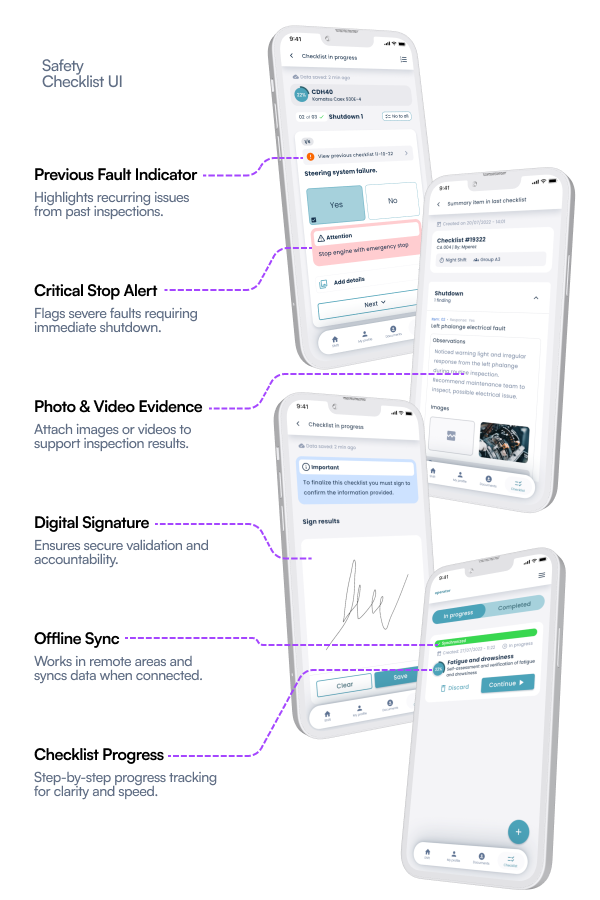
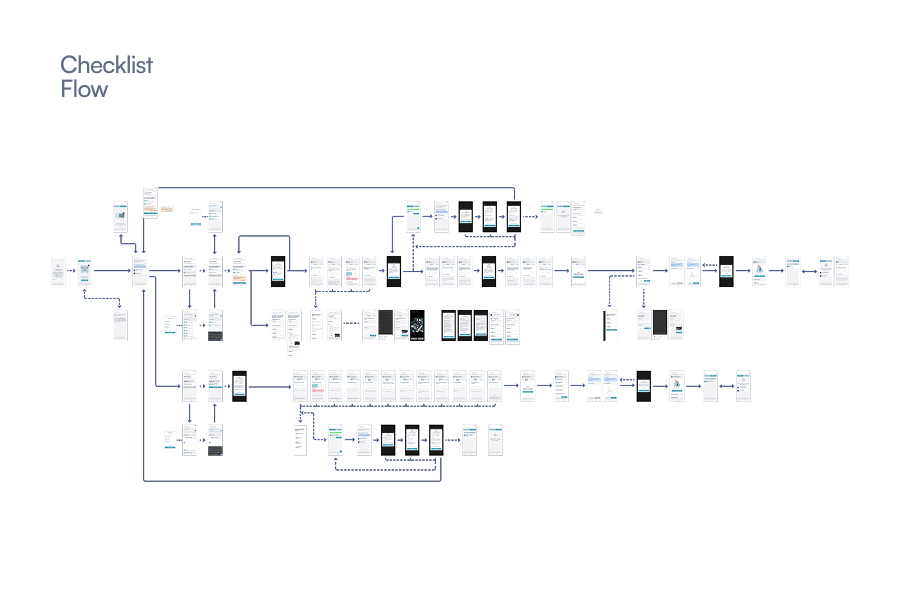
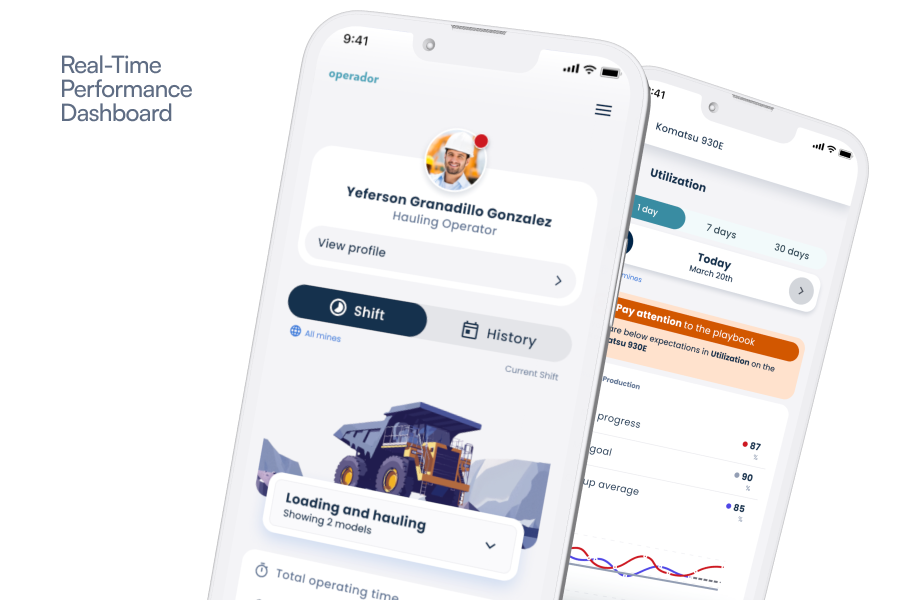
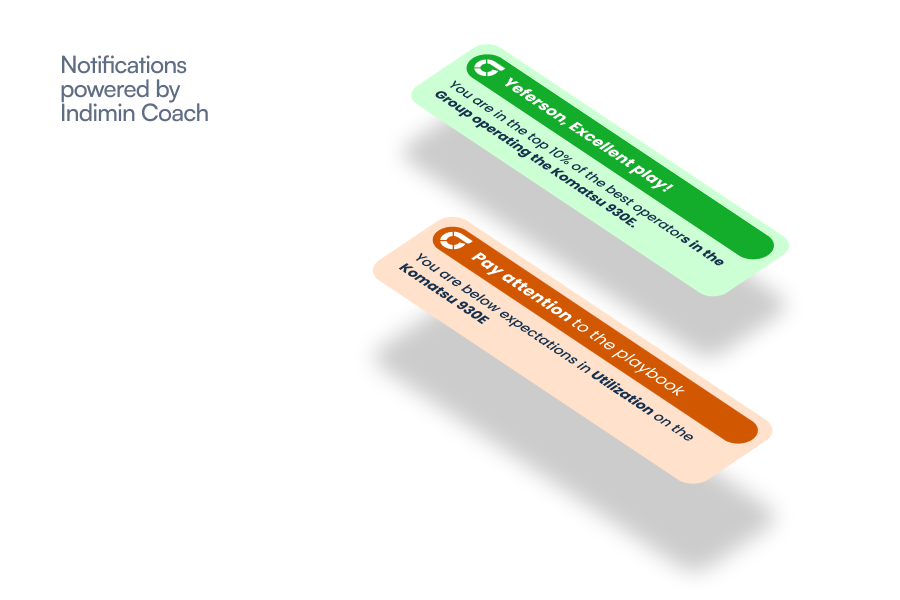
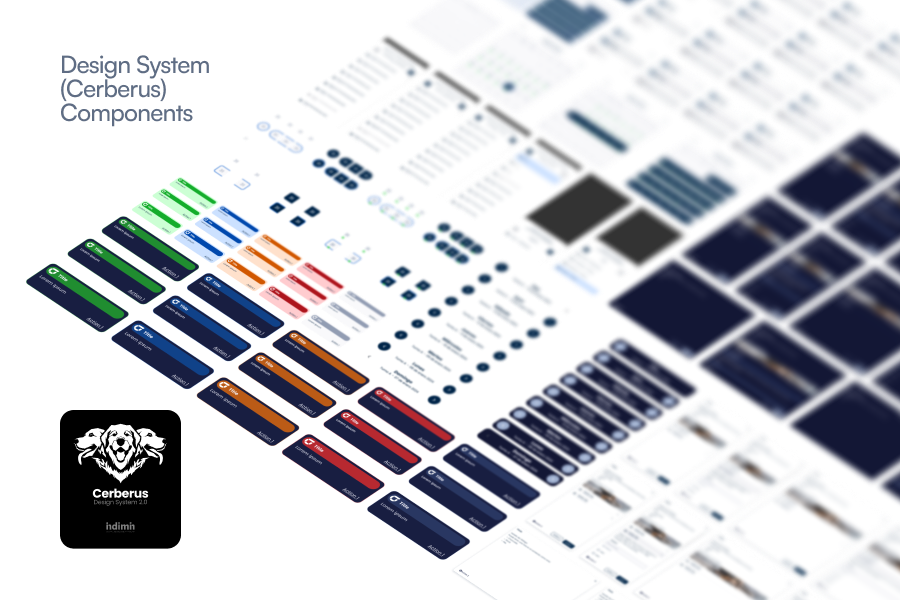
Real-time performance insights not only reduce downtime but also help align teams, improving overall operational efficiency by double digits.
The implementation of the redesigned Operator app had a measurable, cross-functional impact across safety, productivity, communication, and sustainability for mining clients.
Key outcomes included:
Beyond these metrics, the Operator app demonstrated the power of embedding human-centered design into industrial environments. By placing critical data and guidance into the hands of those directly responsible for execution, we enabled safer, faster, and smarter mining operations across Chile, Peru, and Colombia.
Client Reach: The app was deployed successfully across multiple mining companies, including BHP, Anglo American, Glencore, Goldfields, and Amsa, covering both open-pit and underground operations.
Sustainability Note: In addition to eliminating paper, Operator facilitated more accurate reporting on environmental KPIs, helping clients comply with evolving regulatory demands.
The impact extended beyond operational metrics, the product elevated the voice of the operator and fostered a sense of ownership and empowerment that had been previously missing from digital tools in this context.
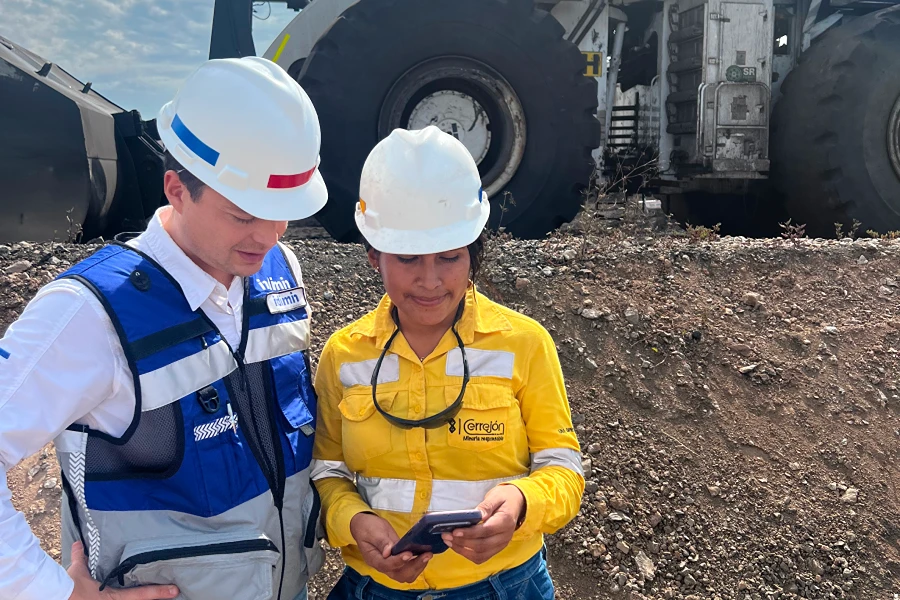
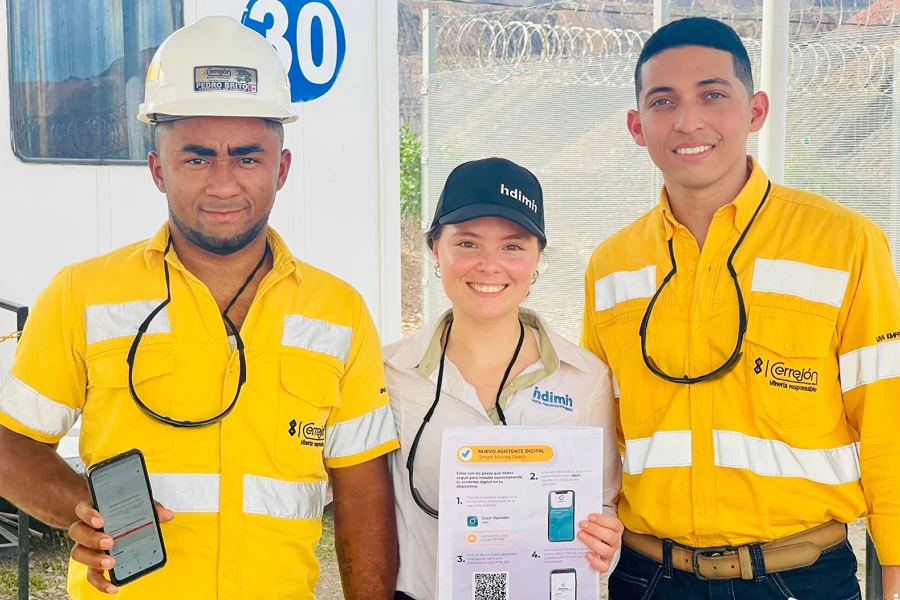
This project delivered critical insights into designing meaningful, scalable tools for industrial users:
Looking ahead, Operator is well-positioned to expand its capabilities with deeper AI-driven insights, cross-module integrations, and gamified elements to further promote safe and productive behaviors. As more clients adopt the platform, the design system and data infrastructure we created will continue to serve as a foundation for innovation across the Indimin suite.